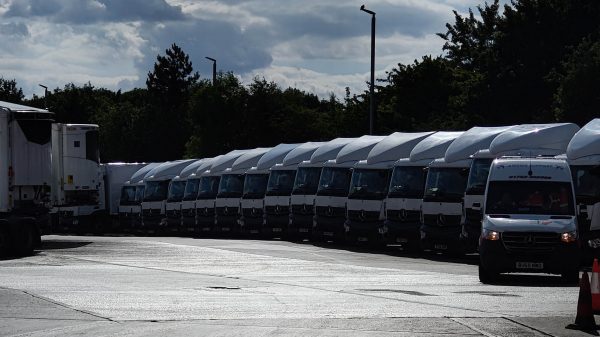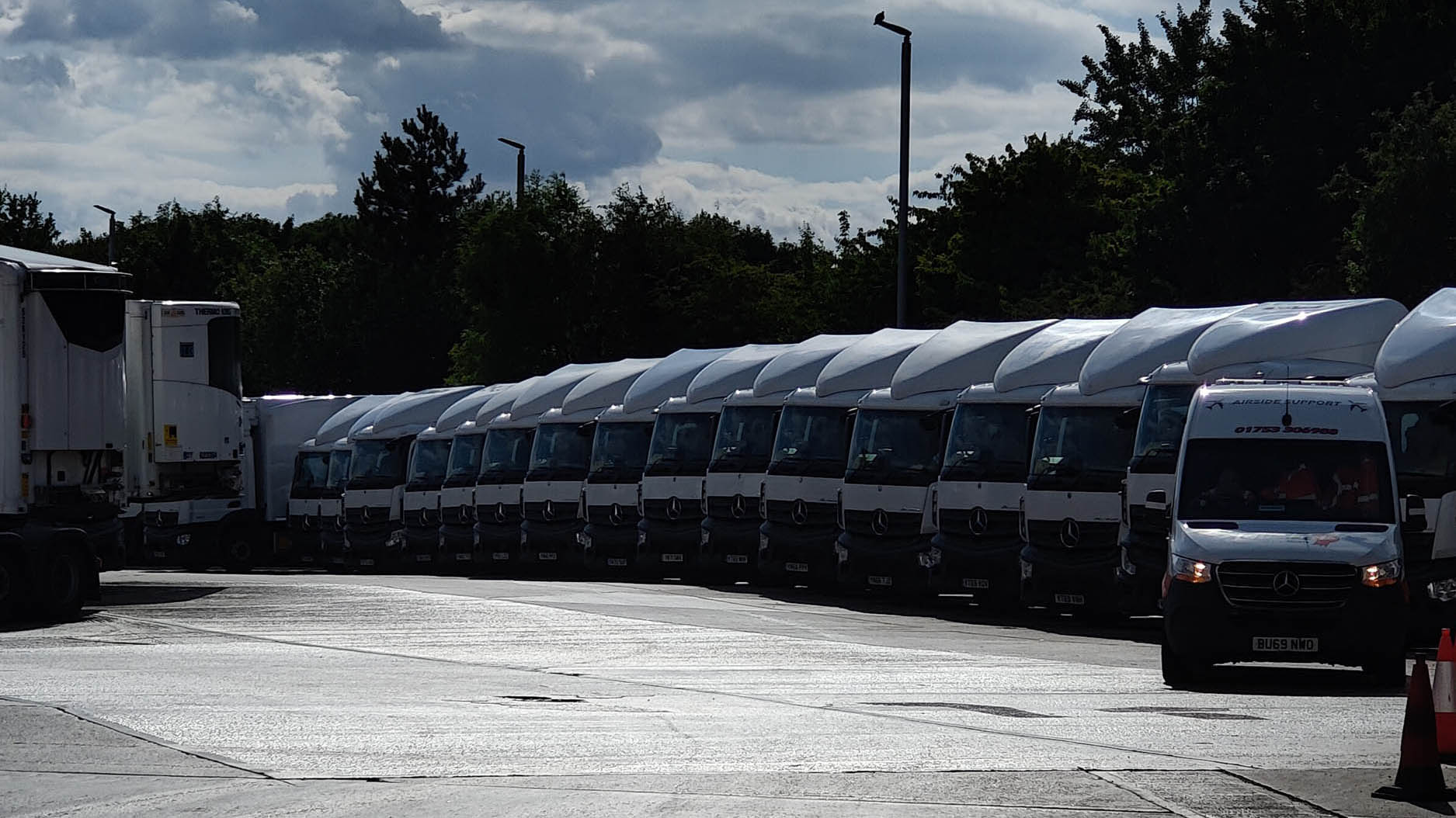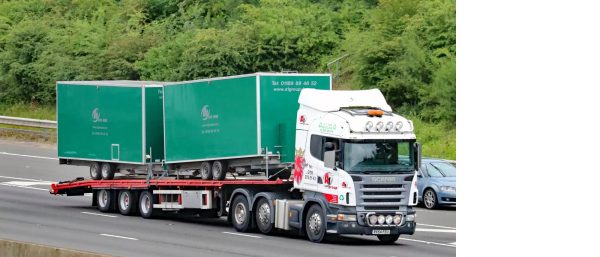At a time when margins are razor-thin and operational optimisation is more than a catchphrase, fleet operators are under constant pressure to streamline processes and reduce overheads. We caught up with Shaun Ferreira, OTS Group’s Sales Director and Fuel Technology Specialist, to find out his top 3 fuel-related cost-saving recommendations for heavy fleet operators.
 Holistic Monitoring of the Fuel Journey
Holistic Monitoring of the Fuel Journey
Shaun advocates for a comprehensive approach. When we met, he mentioned that “the concept is to monitor every part of the fuel journey, from the depot to the vehicle, looking at fuel storage, dispensing, and consumption.”
“In addition to standard Fuel Management Systems, we advocate for the use of AVI technology. Automatic Vehicle Identification (AVI) uses radio-frequency identification (RFID) tags and sensors to precisely identify vehicles at the fuel pump. This technology empowers organisations to have full control over their fuel dispensing process, allowing for accurate and secure allocation of fuel to designated vehicles. By ensuring that fuel is only dispensed to authorised vehicles, AVI technology significantly enhances fuel management, reduces the risk of unauthorised refuelling, and prevents fuel theft from the nozzle.”
By leveraging AVI technology, operators can ensure that each drop of fuel is tracked, reducing wastage and theft.
Tip: Invest in an AVI integrated Fuel Management System that offers a bird’s eye view of your entire fuel supply. Such holistic oversight minimises losses and optimises usage.
Harness the Power of Telematics and AI
Incorporating telematics and AI can offer predictive insights, facilitating proactive rather than reactive decisions. As we talked, Shaun elaborated on the trend towards AI, “We’re using machine learning to identify trends, and using those trends, it [AI] performs some of the analysis for us.”These intelligent systems continuously analyse data points—from engine performance metrics to fluid levels and vibration patterns—to detect anomalies or trends that might signify a pending problem. By applying advanced algorithms to this data, AI can predict when a part is likely to fail or when maintenance is due, enabling timely interventions. This not only minimises downtime but also extends the lifespan of machinery, thereby maximising ROI. Preventative actions can be automated or triggered for manual review, turning maintenance from a reactive task into a proactive strategy.
Real-time data analysis not only paves the way for cost containment strategies but also assists in predicting consumption patterns, which can be invaluable for procurement and budgeting.
Tip: Integrate telematics with your fleet management system to monitor fuel consumption and manage driving habits such as excessive acceleration, deceleration, unsanctioned trips, and idling time.
Prioritise Safety to Prevent Costly Incidents
Safety isn’t just about adhering to regulations; it’s also a significant cost-saving measure. Ensuring that vehicles operate under safe conditions prevents expensive accidents and legal liabilities. Shaun touched on this in our interview, emphasising monitoring aspects like vehicle speed in forecourts and ambient light conditions. If safety conditions aren’t optimal, advanced systems can take corrective actions, such as shutting down a forecourt or dispensing station.
Tip: Invest in technology that offers automated safety checks and alerts. For instance, sensors on the forecourt can track the speed of incoming vehicles, and lighting monitors can automatically adjust or shut down operations based on ambient conditions.H2 Customised Solutions Over One-Size-Fits-All
In addition to his top 3 tips, Shaun also stresses the importance of bespoke solutions. He believes that OTS Group’s edge over competitors lies in our ability to tailor solutions to specific client needs rather than selling generic products. “We’re not just selling boxes; we’re selling solutions to our customers.”Implementing systems like EasyFuel+ that can integrate seamlessly into existing frameworks is a great way to do this, as is partnering with companies that have the ability to look at the problem holistically and can implement a number of different technological solutions to resolve the problems you are facing.
To sum up, as the heavy fleet industry grapples with modern challenges, embracing innovative solutions like AVI and cutting-edge technology becomes a necessary and logical next step for organisations that want to stay on top of fuel costs. OTS Group’s recommendations offer a roadmap for operators aiming to harness technology for tangible cost savings and operational excellence.
Are you ready to transform your fuel management? Contact OTS Group today today to find out how our AVI Fuel Management System can revolutionise your operations.
About OTS Group
With over 50 years’ experience in the fuel sector, OTS Group are recognised as leaders in the field. Renowned for their advanced fuel storage systems and turnkey solutions, OTS Group designs and delivers practical answers to complex fuel storage, re-fuelling, distribution, service, maintenance and decommissioning issues. From design to delivery of truck stops and fuel distribution depots, to the provision and servicing of dispensing equipment, to fuel quality and certification, and fully licensed decommissioning OTS Group delivers the perfect solution to future proof all your fuelling needs.



